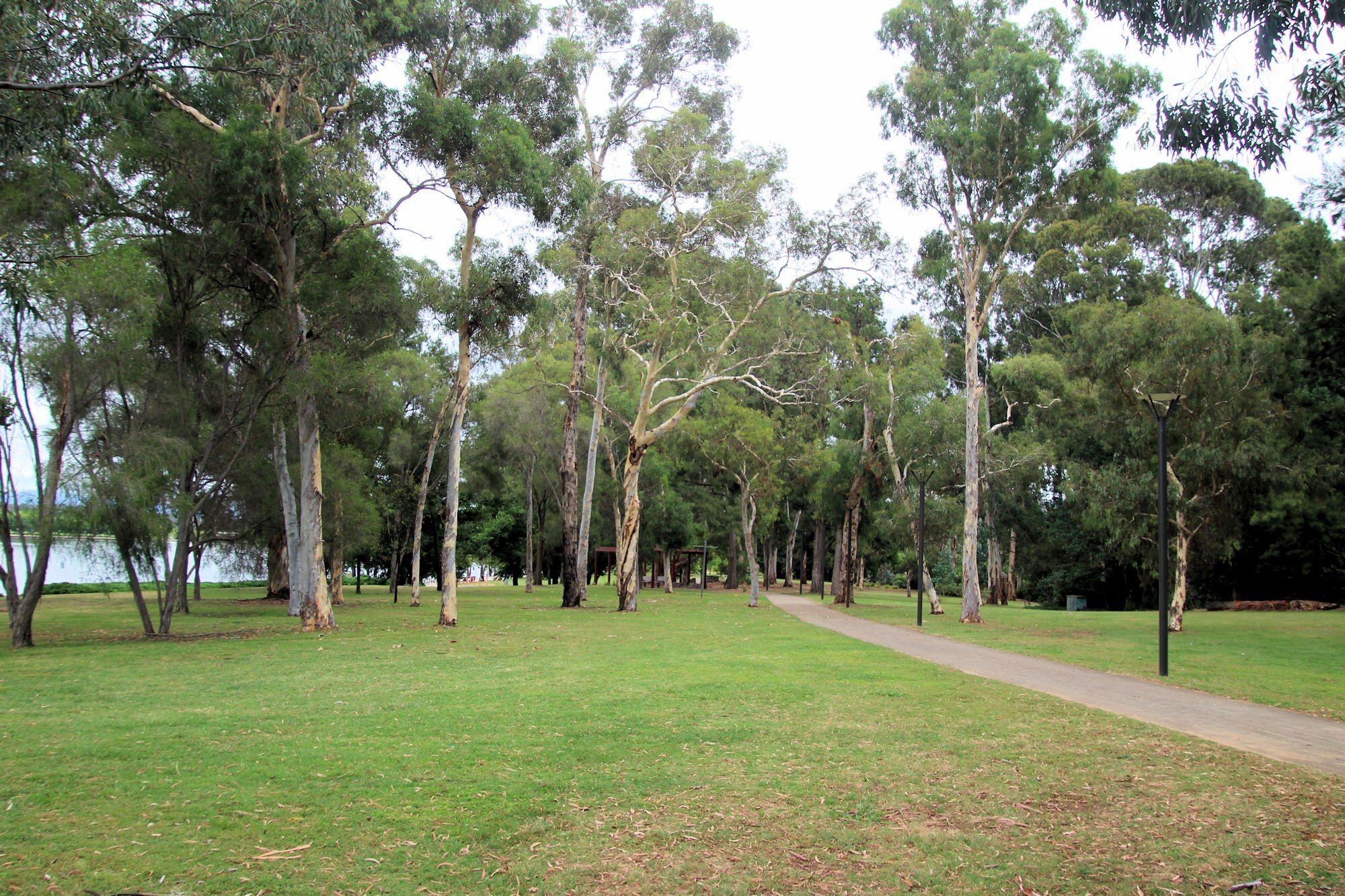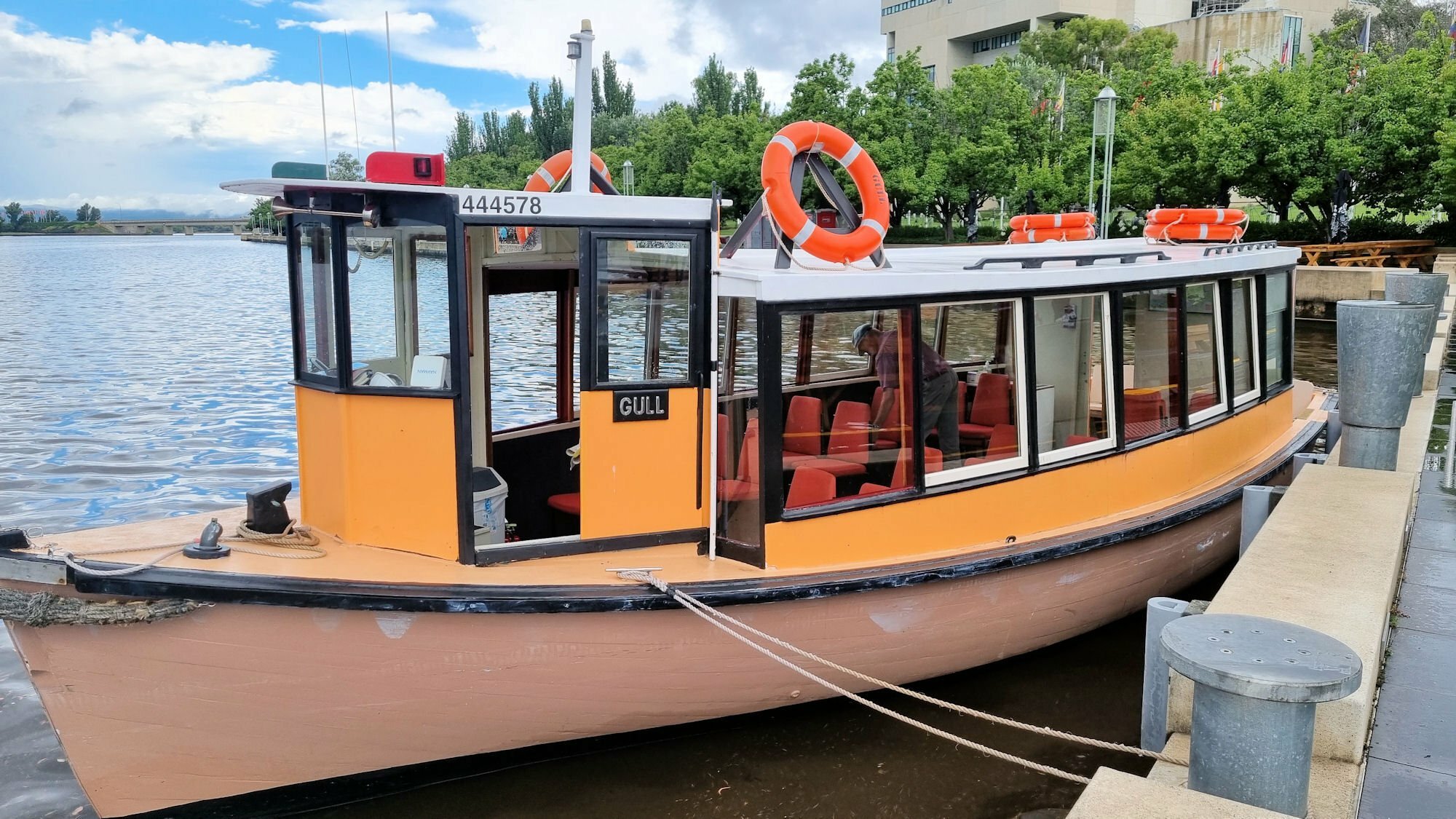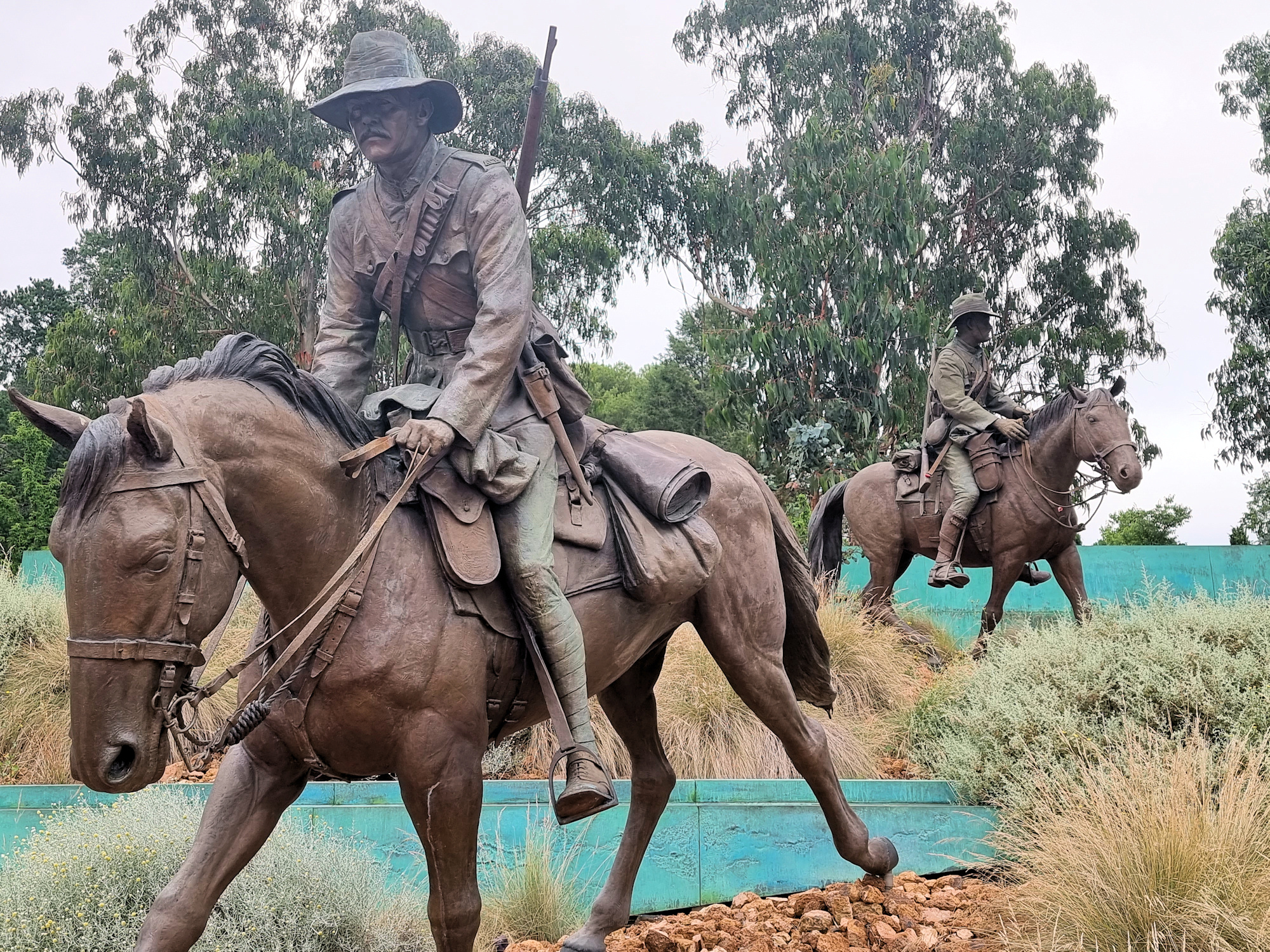Tag: ACT
-
Commonwealth Park Canberra

Commonwealth Park Canberra Located in the centre of Canberra, Commonwealth Park is full of walking tracks, memorials and sculptures. With Lake Burley Griffin as a backdrop, it’s an excellent place for a relaxing stroll, picnic or simply sit and admire the views. Car parks within the park make access easy, but if you want to… Read more
-
Lake Burley Griffin Cruise

Lake Burley Griffin Cruise This is a great, relaxing way to see the sights of Canberra while you cruise around Lake Burley Griffin. We parked in the Questacon carpark, only a short walk from the jetty on Queen Elizabeth Terrace where we boarded the “Gull”. Conveniently located near a coffee shop, you can get a… Read more
-
ANZAC Parade Memorials Canberra

ANZAC Parade Memorials Canberra Leading up to the Australian War Memorial, ANZAC Parade in Canberra contains memorials honouring those who served in Australia’s armed services. The best way to see all of the monuments is to walk the length of the Parade. We parked in the Constitution Avenue car park, so that we could walk… Read more